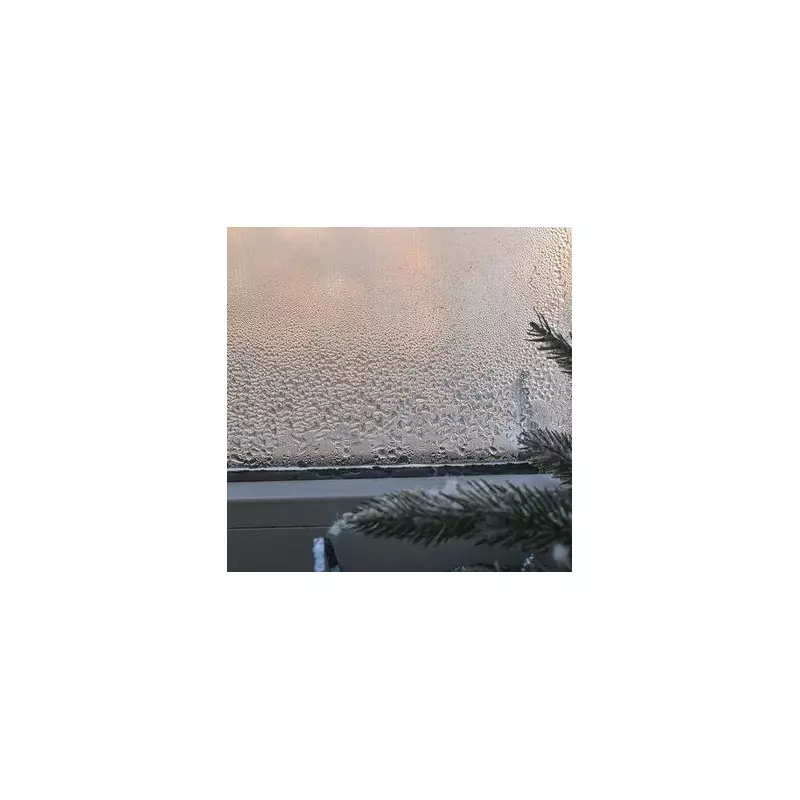
As temperatures plummet across Britain, millions of homeowners are facing the same frustrating problem: windows streaming with condensation and the dreaded black mould that follows. This isn't just an aesthetic issue - it's a health hazard that needs immediate attention.
Why Your Windows Are Crying For Help
Condensation forms when warm, moist air meets cold surfaces like window panes. In poorly ventilated homes, this creates the perfect breeding ground for mould spores that can trigger respiratory problems, allergies, and asthma attacks.
Professional Methods to Win the War Against Damp
Ventilation is Your First Line of Defence
Simple ventilation habits can dramatically reduce moisture buildup. Try these effective strategies:
- Open windows for 15-20 minutes daily, even in winter
- Use extractor fans in kitchens and bathrooms
- Keep furniture away from exterior walls to allow air circulation
- Consider installing trickle vents in window frames
Moisture Control: Stop the Problem at Source
Identify and reduce moisture sources throughout your home:
- Dry clothes outdoors or in well-ventilated rooms
- Use lids when cooking and boil less water
- Take shorter, cooler showers
- Invest in a good quality dehumidifier
Emergency Mould Removal: Safe and Effective Methods
For existing mould problems, act quickly with these proven cleaning solutions:
White Vinegar Method: Spray undiluted white vinegar directly on mould, leave for an hour, then scrub with a brush. The acidic properties kill most mould species naturally.
Bicarbonate of Soda Solution: Mix two tablespoons of baking soda with water in a spray bottle. This gentle abrasive works wonders on stubborn spots without damaging surfaces.
Professional Mould Removers: For severe infestations, commercial mould removers containing bleach alternatives provide the strongest attack.
Long-Term Prevention Strategies
Consider these investments to keep your home mould-free:
- Upgrade to double or triple-glazed windows to reduce cold surfaces
- Install positive input ventilation systems
- Use moisture-absorbing crystals in problem areas
- Apply anti-condensation paint to vulnerable walls
Remember: consistent prevention beats constant cleaning. By tackling both the symptoms and causes of condensation, you can create a healthier, mould-free home environment that withstands even the harshest British winters.




